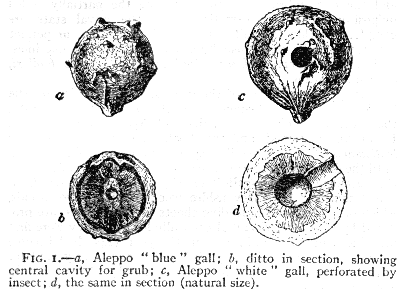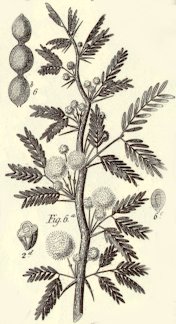Drunk on Ink
Today, let's get ink on our fingers. The University of Houston's College of Engineering presents this series about the machines that make our civilization run, and the people whose ingenuity created them.
The commonplace technologies have so much to teach us. Take ink. When I was a child, ink was a real presence in my life. Our school desks all had inkwells. We dipped steel-tipped pens into them. My fingers and my books were always ink-stained. We understood about Rorschach tests. We'd fold paper over a drop of ink and make our own abstract figures, just for the fun of it.
Nowadays, wet ink is out of sight. We preload inks into ballpoint and felt-tipped pens. Ink enters our homes on newsprint and magazines. Americans consume over 100,000 gallons of ink each day on newspapers alone. But we don't see the stuff.
We invented ink around 2500 BC -- some 500 years after we began writing on wet clay. When you weigh the problem of making ink, you come away with a new respect for its anonymous inventor.
Most coloring agents don't mix well with water. Lampblack was one of the first: it forms clumps and balls when you try to stir it into water. Even if you could find something that mixed with water, it'd blow off the papyrus when the water dried away.
Some perceptive Egyptian realized that, if you add gum from the bark of an acacia tree (what we call gum arabic), you do two things. Gum arabic is water-soluble, so it emulsifies the coloring agent. It coats the particles -- changes their surface chemistry and helps them disperse through the liquid. It also binds the coloring agent to the paper after the water dries out.
But gum arabic was hard to get in Europe. Good gum arabic comes only from West African acacias. So by the time Gutenberg showed us how to set type, we'd learned to make printer's inks with varnishes and linseed oil instead. Now we use chemicals like glycol and certain acids. Some modern inks are very unfriendly to paper.
That wasn't true of the old inks. Look at any very old book, if you have a chance. We used to make books from pure rag paper or parchment. We made inks only from elementary plant products. A 500-year-old book lasts far better than a modern one.
So ink itself is as much a product of human ingenuity as is the parade of ideas written in ink. And when a Shakespearean character complains about ignorance, he says,
He hath not drunk ink; his intellect is not replenished; he is only an animal.
I write this text on a computer screen. I pen it only in flickers of light on dark. I wonder how much metaphorical power I sacrificed when I stopped drinking ink -- when I no longer faced the old danger of punctuating my half-formed thought with a star-shaped blot on the clean white paper.
I'm John Lienhard, at the University of Houston, where we're interested in the way inventive minds work.
(Theme music)
My primary source for this episode was a special lecture given by Pat Bozeman, Head of Special Collections at the University of Houston Library, for the course HIST 3395, The Flowering of the Middle Ages.
I've also made use of several entries in the Encyclopaedia Britannica. Additional information came from Don Piercy, Executive Director of the Museum of Printing History, Houston, and from the following book chapter:
Forbes, R.J., Chemical, Culinary and Cosmetic Arts. A History of Technology, Vol. I (Singer, C., Holmyard, E.J., and Hall, A.R., eds.) New York: Oxford University Press, 1954, Chapter 11.
The Shakespeare line is spoken by Sir Nathaniel in Act IV, Scene II, of Love's Labour's Lost.

From the 1911 Encyclopaedia Britannica
Two typical kinds of natural oak galls used in making medieval inks

clipart
Detail of the Gum Arabic producing Acacia tree